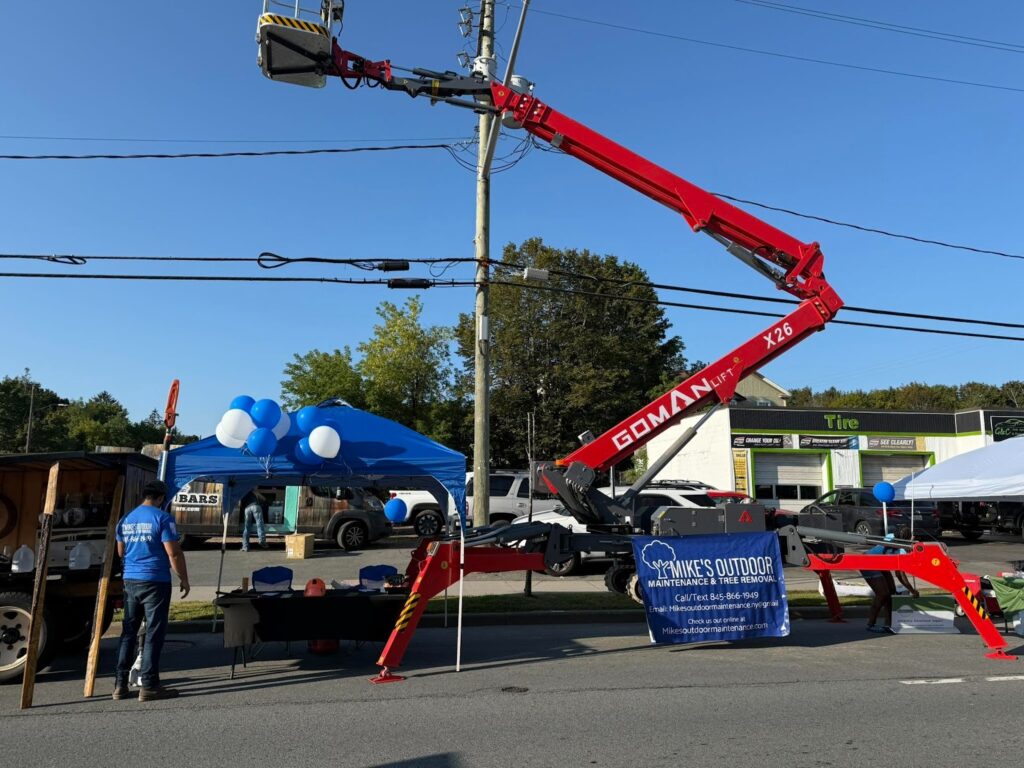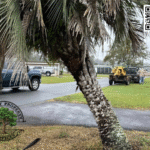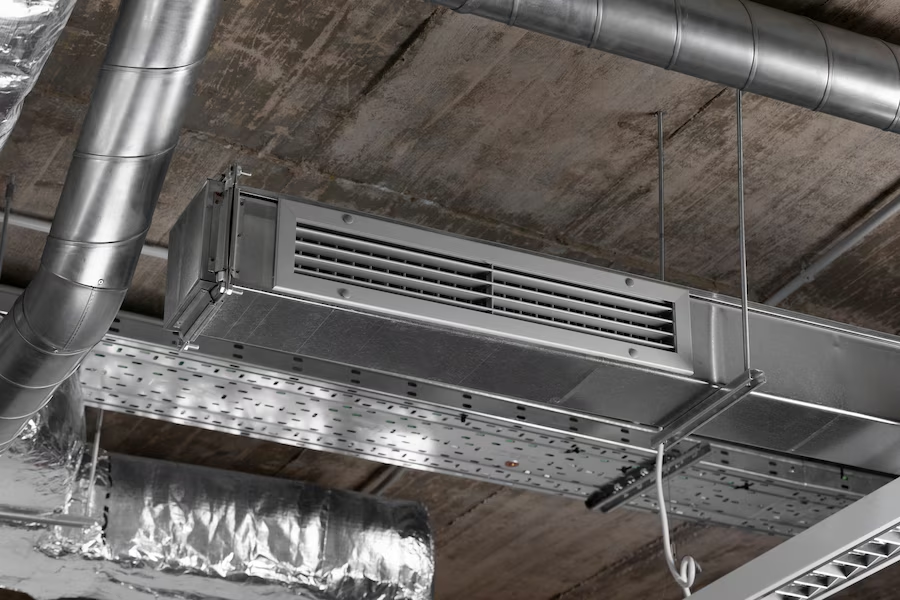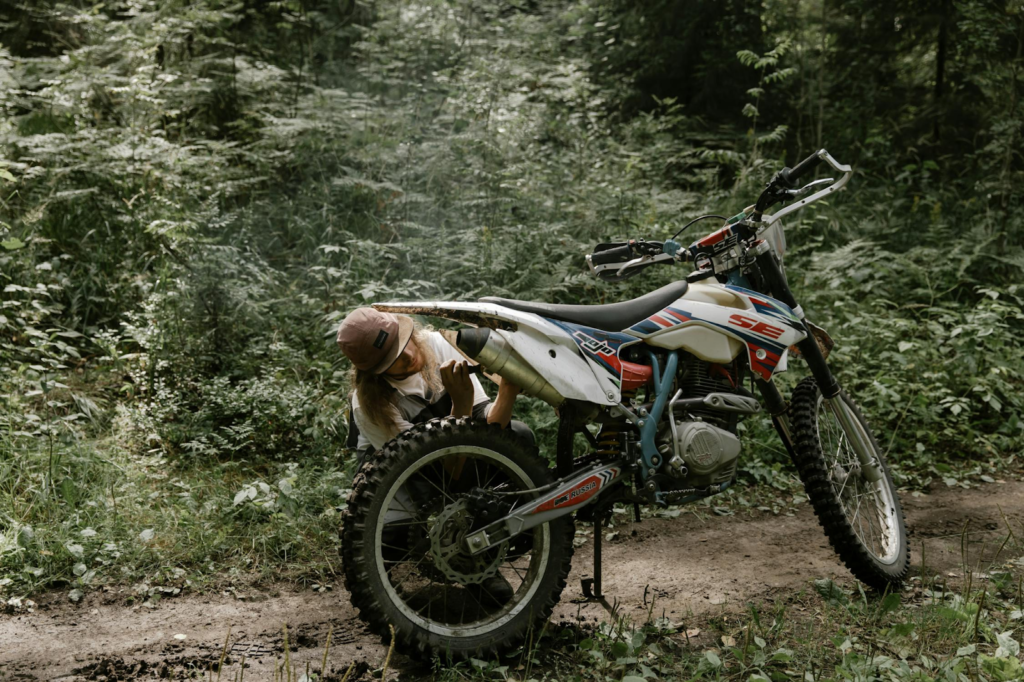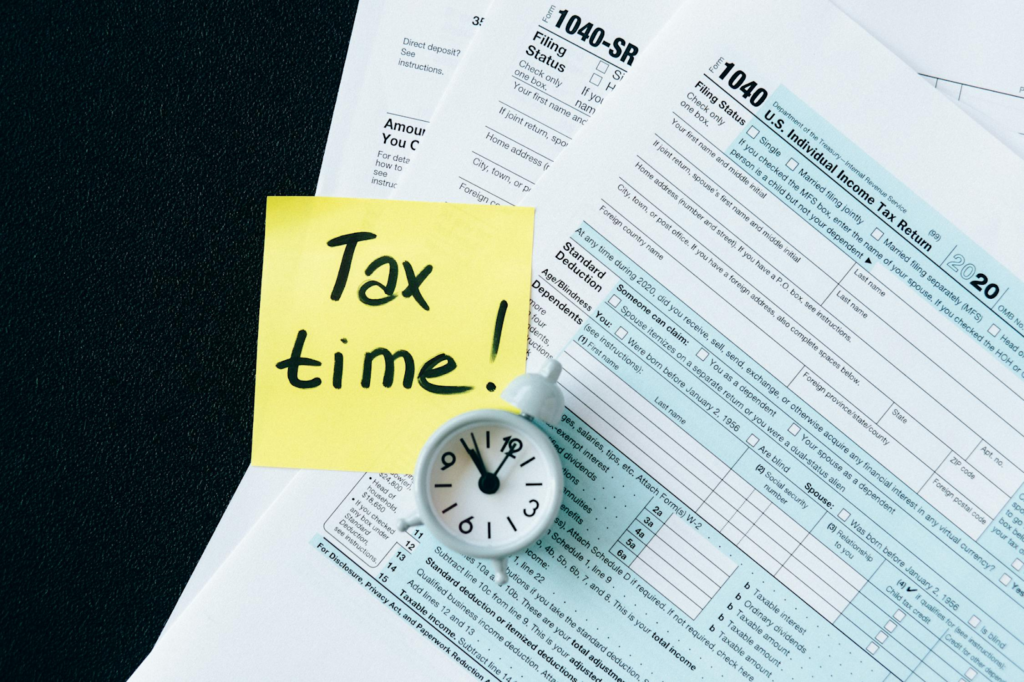Dead branches, trunk cracks, severe leaning, and visible decay are the most common hazard tree signs around Monticello, NY. Mushrooms growing on trunks or peeling bark also signal danger. Exposed roots, unusual leaf loss, and pest damage warn of problems. You must not ignore these tree signs for your safety.
This article explains these signs in detail. We’ll cover each warning sign and when to contact a tree professional.
What Are the Top Warning Signs You Shouldn’t Ignore?
In Monticello’s cold winters, ice buildup often causes weak branches on maples and birches to snap without warning. Skilled local tree service can assess these risks and recommend solutions. Here’s what to watch for on your property.
Dead, Dying or Hanging Branches
Large dead limbs drop without warning, especially during storms or high winds. Hanging branches, called “widowmakers,” pose serious threats above driveways and walkways. Sparse foliage in sections of the canopy suggests the tree is declining.
How to Identify a Dead Tree?
Dead trees show clear warning signs that you can easily identify through careful visual inspection.
- No leaf growth
- Brittle, dry branches
- Peeling, missing bark
- Fungal growth present
- Hollow trunk areas
Cracks, Splits or Hollow Trunk
Visible cracks and cavities weaken the tree’s structure and increase failure risk. Deep fissures, peeling bark, or hollow sections compromise strength. Branch unions with in-rolled bark often split under stress or weight.
Leaning Tree or Sudden Tilt
A sudden or increasing lean signals root or soil failure. This becomes urgent when trees lean toward buildings, roads, or power lines. Fresh soil cracks near the base confirm the problem is worsening.
How Much Leaning Is Dangerous?
Leaning more than 15 degrees from vertical is generally dangerous for trees. You should watch for sudden changes in lean after storms. Trees with exposed roots on one side pose serious falling risks.
Root and Soil Problems
Exposed or damaged roots reduce tree stability and make trees vulnerable to wind. Soil erosion, recent construction, or heaving ground around the base are warnings. Disturbed roots can’t support the tree properly anymore.
Signs of Decay, Disease or Fungal Growth
Mushrooms growing at the tree base indicate internal rot that you can’t see from outside. Dead sections, discolored bark, or extensive bark loss are serious problems. These conditions spread quickly to healthy trees nearby.
How to Identify Fungal Growth in Trees?
You can identify fungal growth by looking for mushrooms, discoloration, soft spots, and unusual growths.
- Mushrooms on trunk
- Shelf-like fungal brackets
- White, powdery coating
- Dark, oozing cankers
- Soft, spongy bark
Overgrown or Heavy Canopy
Dense canopies catch wind like sails, creating stress on trunks and roots. Uneven crowns with major dead sectors show poor tree health. Unbalanced growth makes trees more likely to fail during storms.
Trees Interfering with Utilities, Structures, Visibility
Trees growing into power lines create fire and outage risks that utilities take seriously. Branches touching roofs damage shingles and gutters over time. Trees blocking driveways or roads reduce visibility and cause safety problems.
Seasonal or Environmental Stressors
Storm damage, saturated soil, and drought weaken tree structure and increase failure chances. Ice storms and heavy snow cause significant breakage in the region. Recent weather events often trigger problems in already-vulnerable trees.
What to Do When You Spot Warning Signs
Act quickly when you notice hazard tree signs to protect your property and family. According to the New York State Department of Environmental Conservation, trees with visible decay near sidewalks may require removal under local safety ordinances.
- Document The Issue: Take photos and note any changes over time. This documentation helps professionals diagnose the problem accurately.
- Restrict Access Area: Keep people and pets away from potentially dangerous trees. Safety should be your immediate priority.
- Hire A Tree Service: Professional arborists can assess the severity. They’ll recommend treatment or safe removal options. Search for “tree service near me” on google to find the closest tree service from your location.
- Monitor Weather Conditions: Storms can worsen existing tree problems quickly. Schedule urgent inspections before severe weather arrives.
